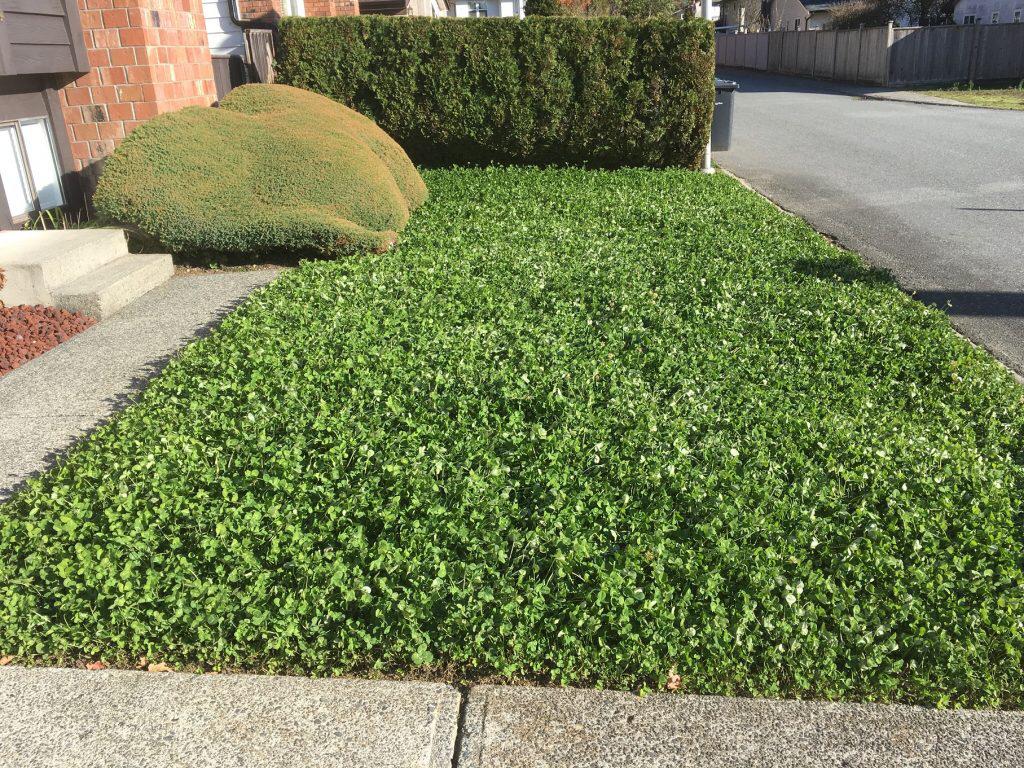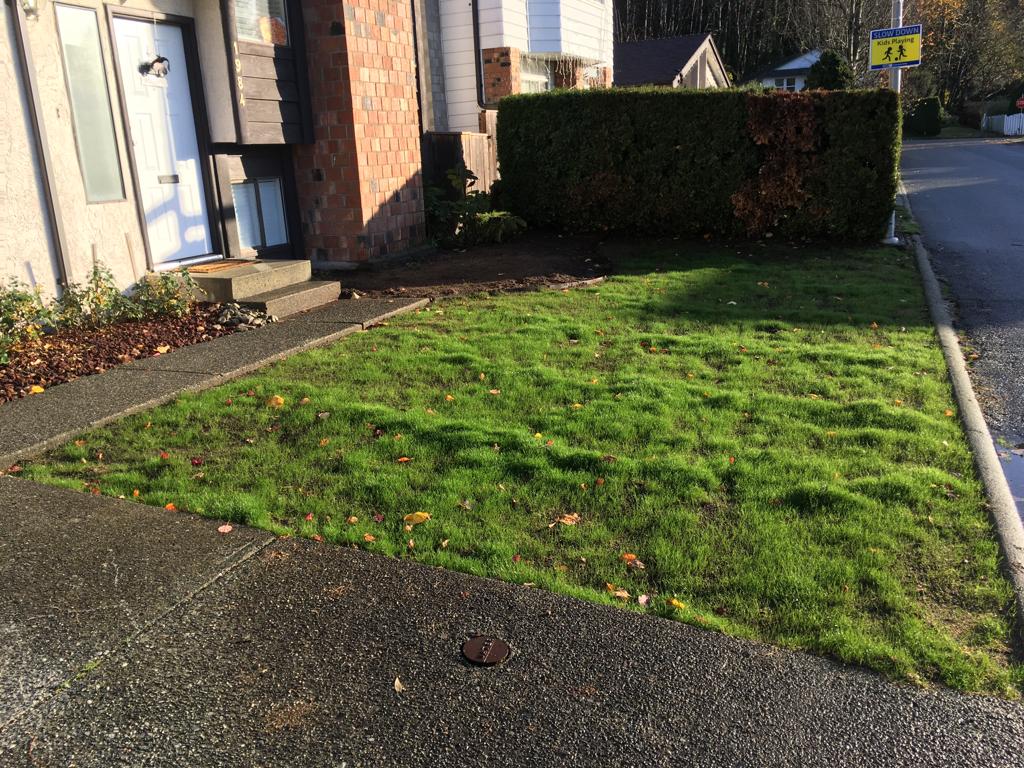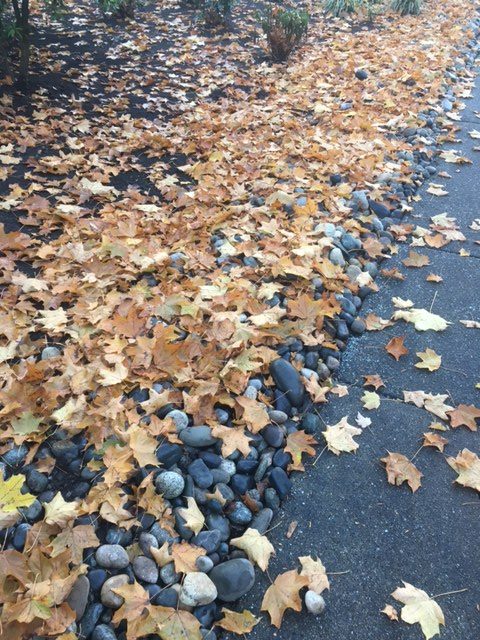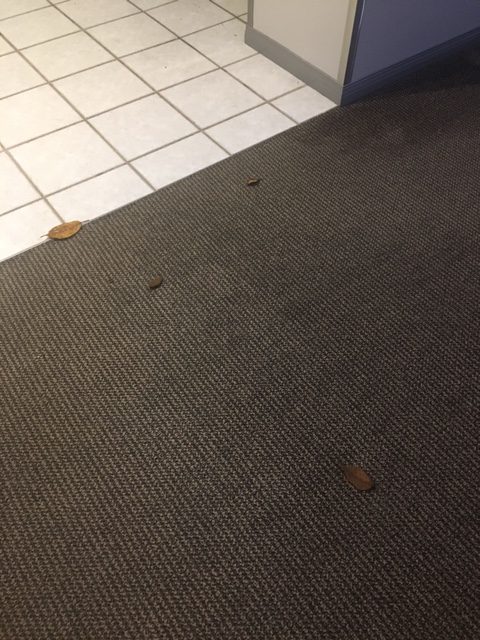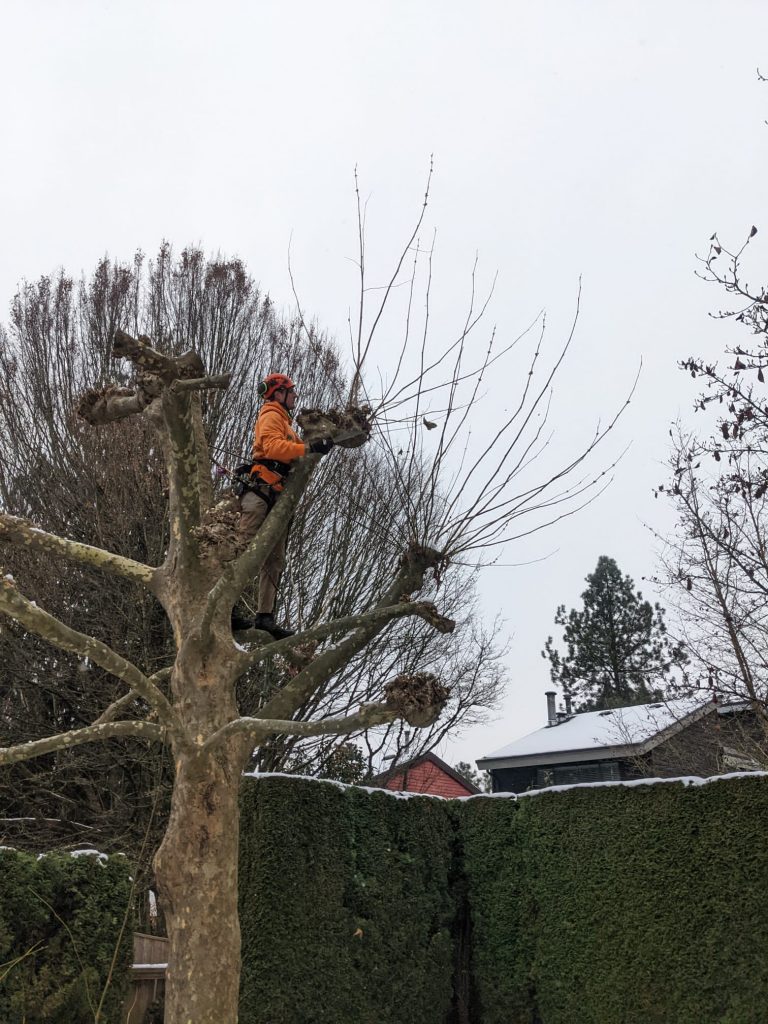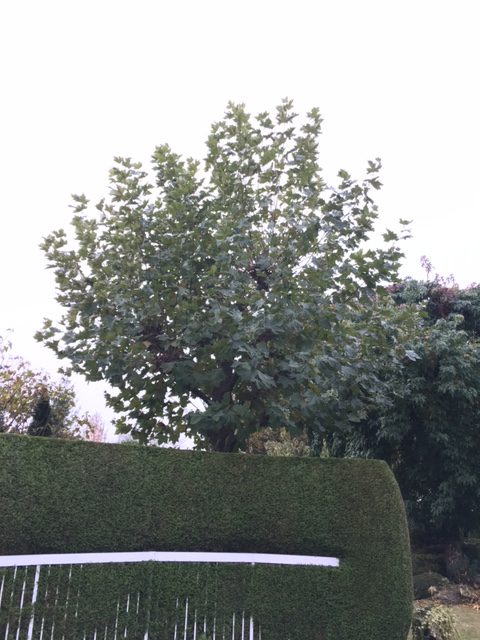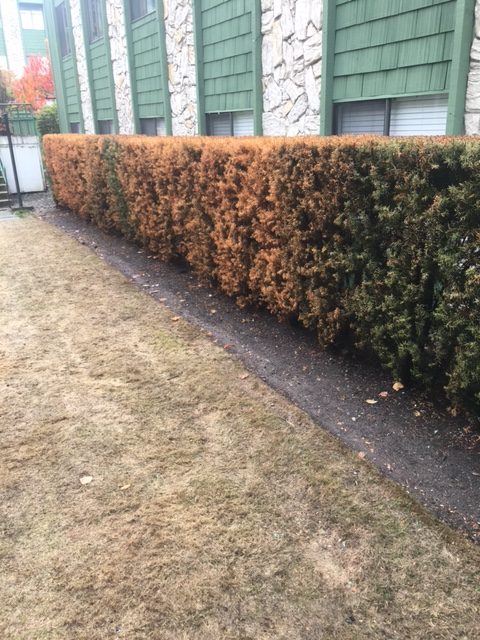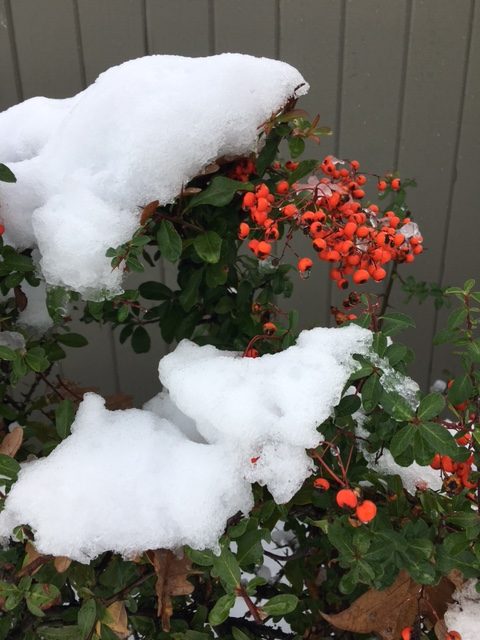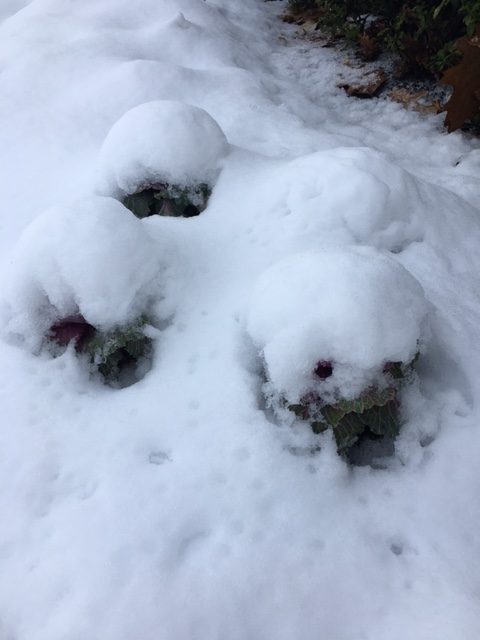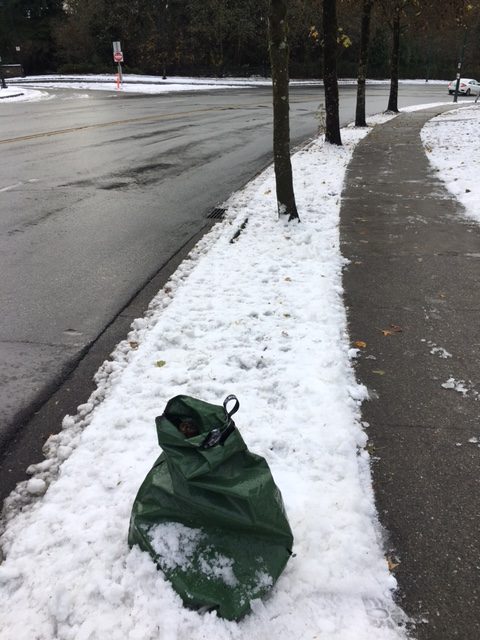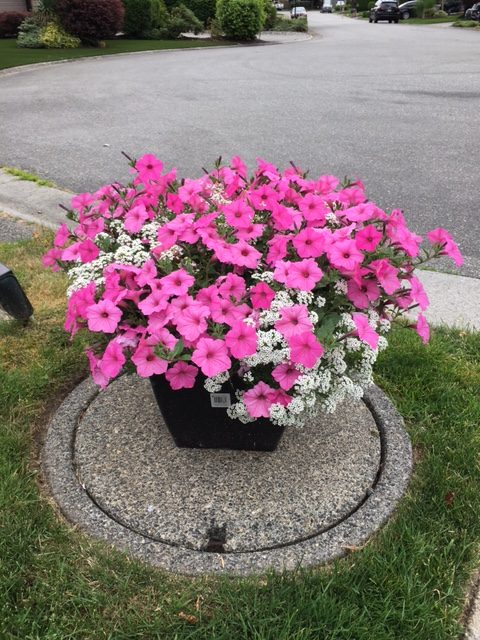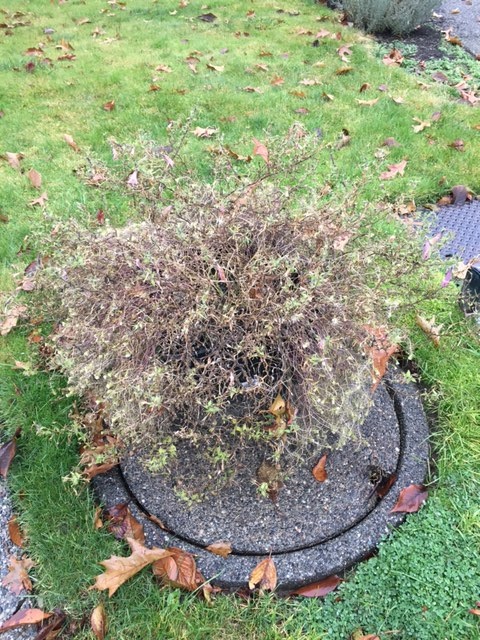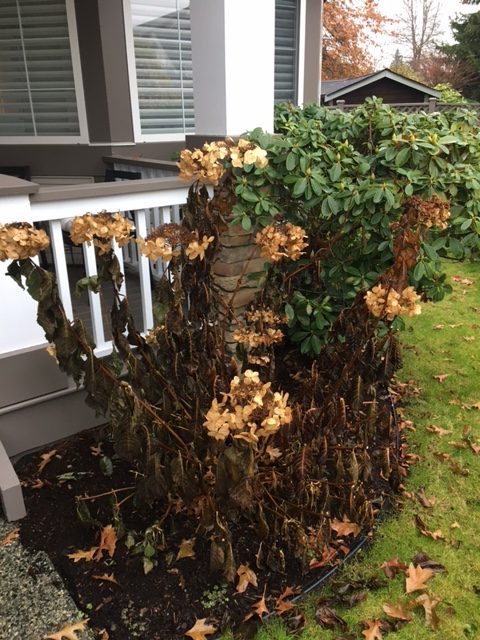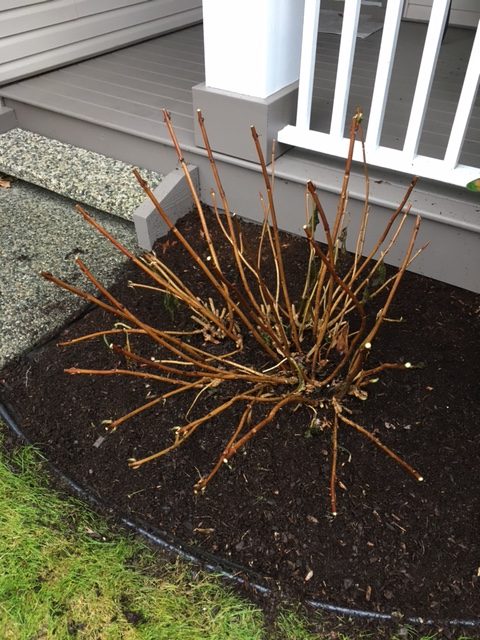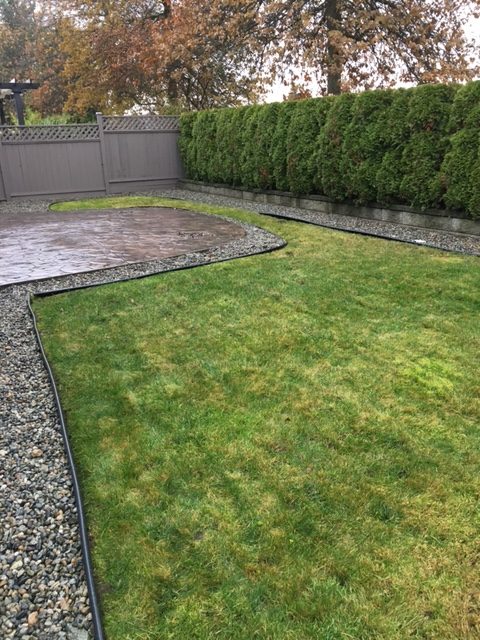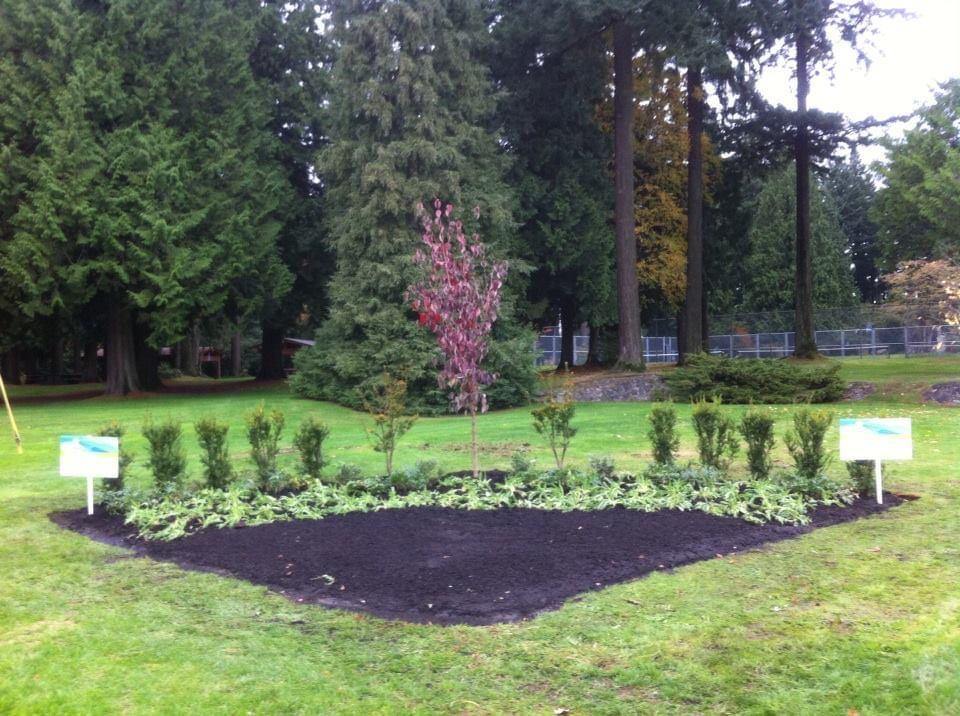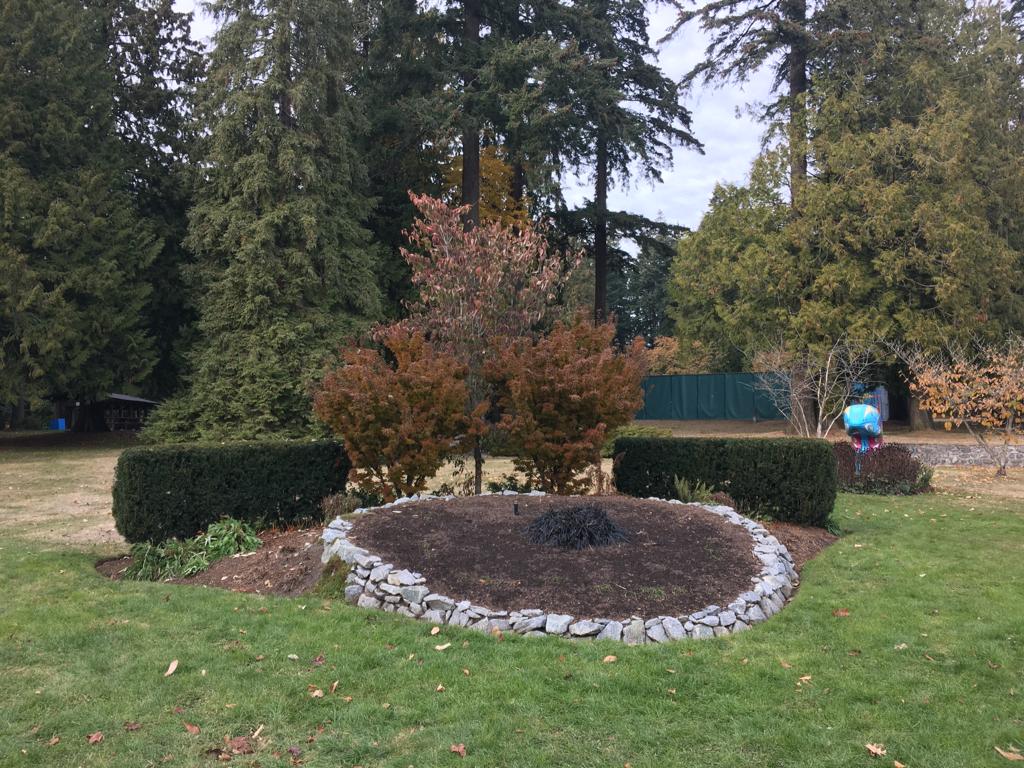Seniors raking
This past Saturday I was at Rocky Point in Port Moody, visiting a used car dealership because our family van started breaking down with alarming frequency. It was time to upgrade.
Just as I was getting back into my car, I noticed a lady next door vigorously raking up leaves under a mature tree. She was obviously a senior but I suspect she could easily pivot into a new landscaper position. She was moving and piling up the debris against the tree, presumably for later pick up.
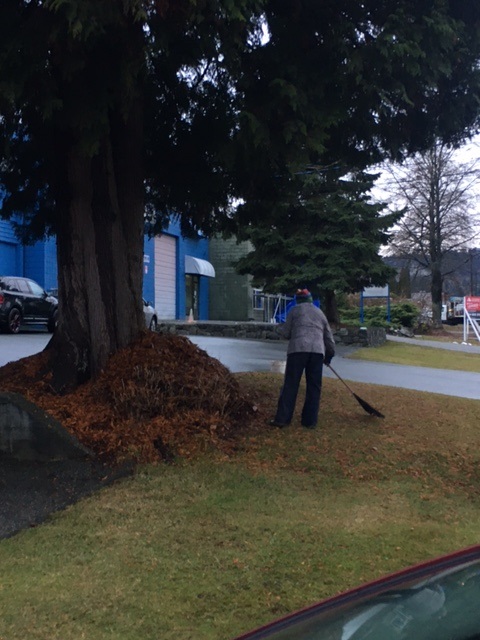
Small jobs
Strata properties like the ones Proper Landscaping dudes maintain are too large to clean up with just rakes. Backpack blowers are mandatory evil. Yes, they’re loud and cause air pollution but they’re indispensable.
Now, smaller sites can easily be cleaned-up with rakes and some time. It’s a perfect job for seniors: they need to move to stay healthy and they have time. The lady I photographed -without permission!- was doing a great job. I thought it was really nice to not face a blower on the weekend after using one all week at work.
Globe article
The sweaty senior also reminded me of a Globe and Mail newspaper story. The author, facing leafy debris on his small back patio- somewhere in Toronto- rushed out to a big box store and purchased a blower. Like everyone else in his neighborhood.
It took him a few tries to assemble the machine properly and after a few leaf blowing sessions he realized something. Using a power blower on his small back patio didn’t make any sense. It was ridiculous. He could easily rake everything up in thirty minutes. There was absolutely no need to create noise and air pollution. He could save money by investing some of his own time and energy.
So, he returned the blower and life has been good ever since. He rakes up the leaves every fall and gets much-needed exercise. Just like our Port Moody senior.


